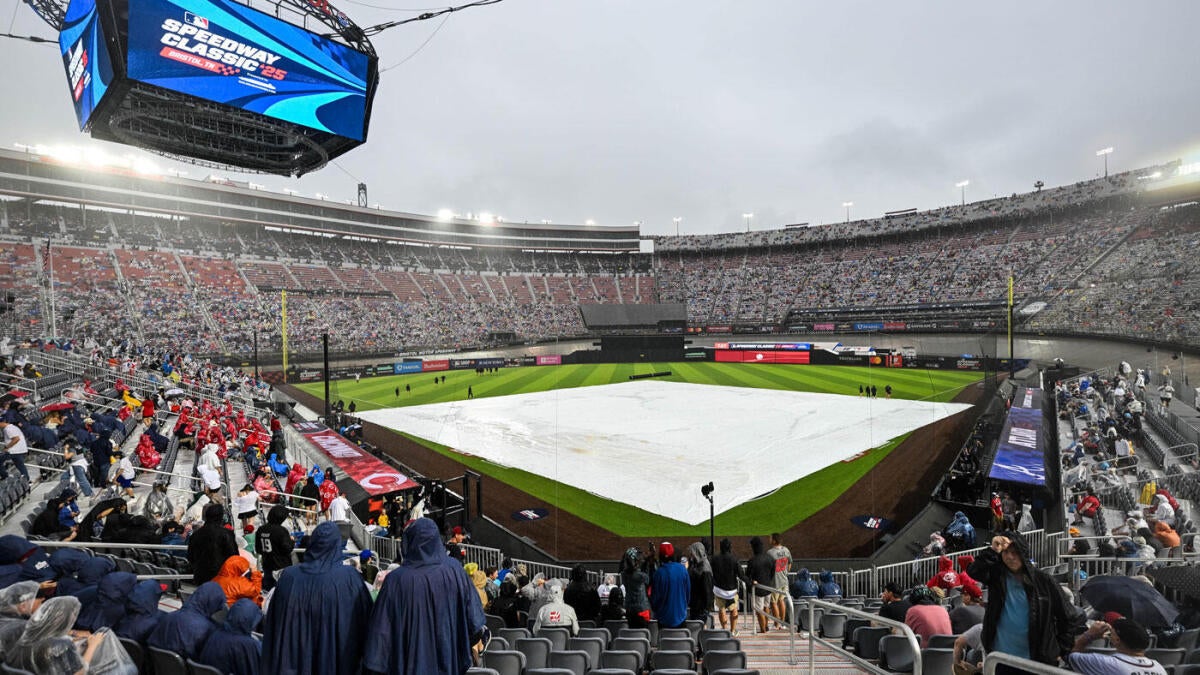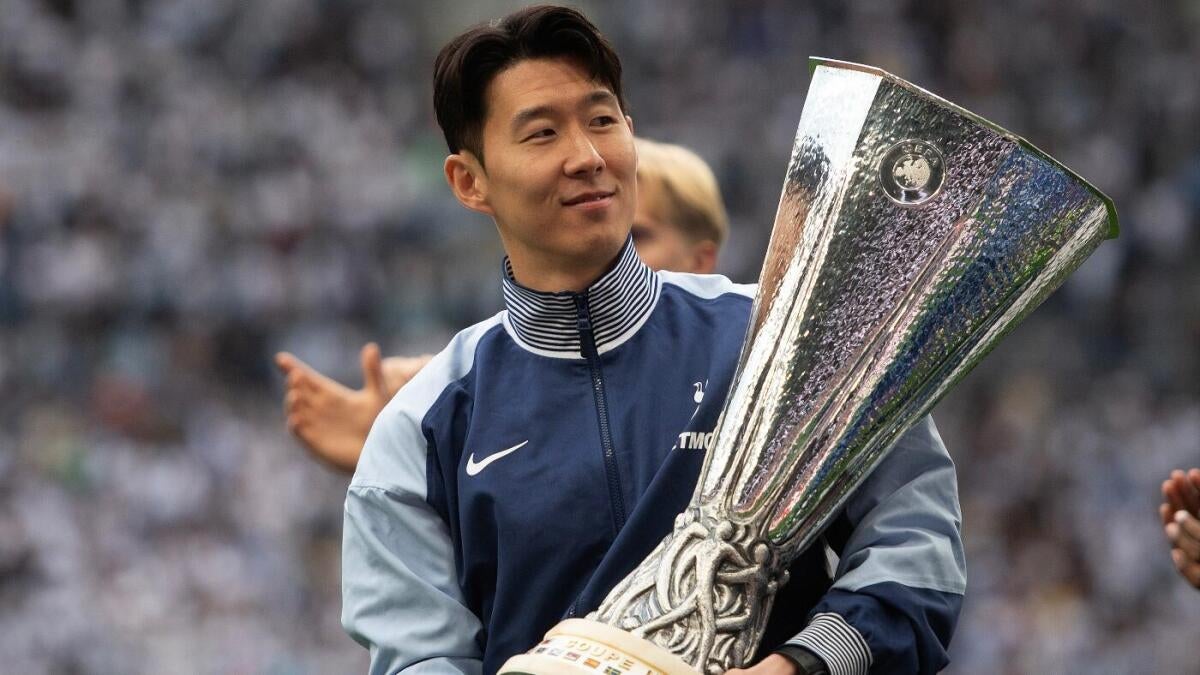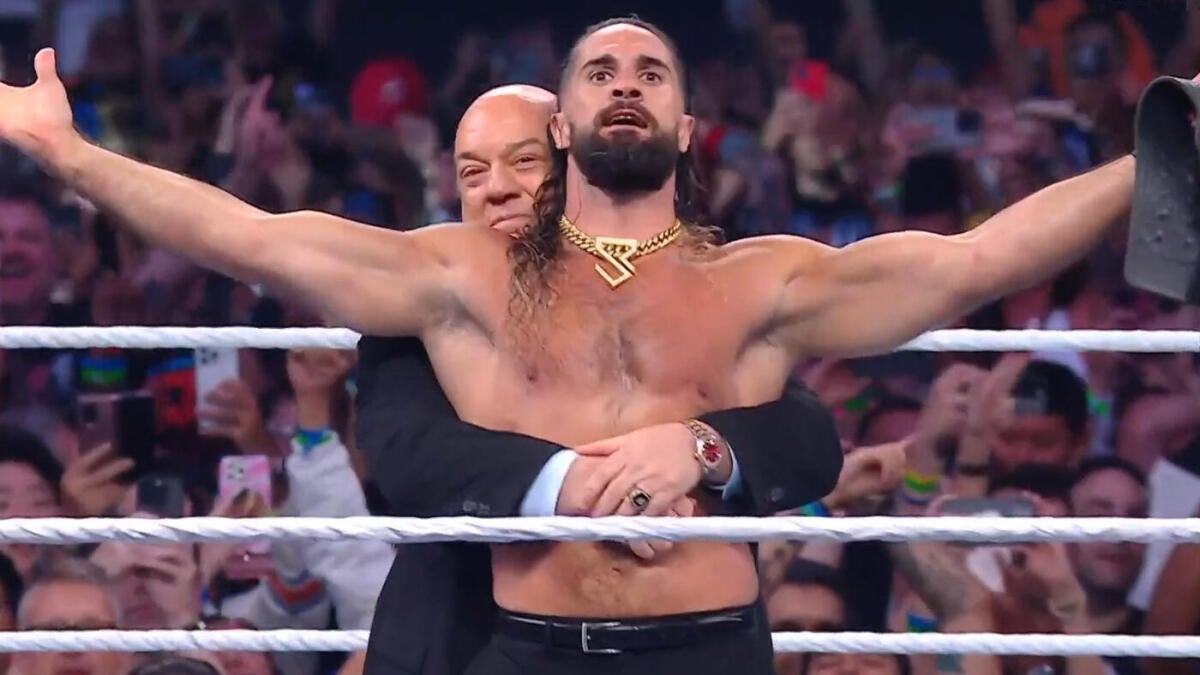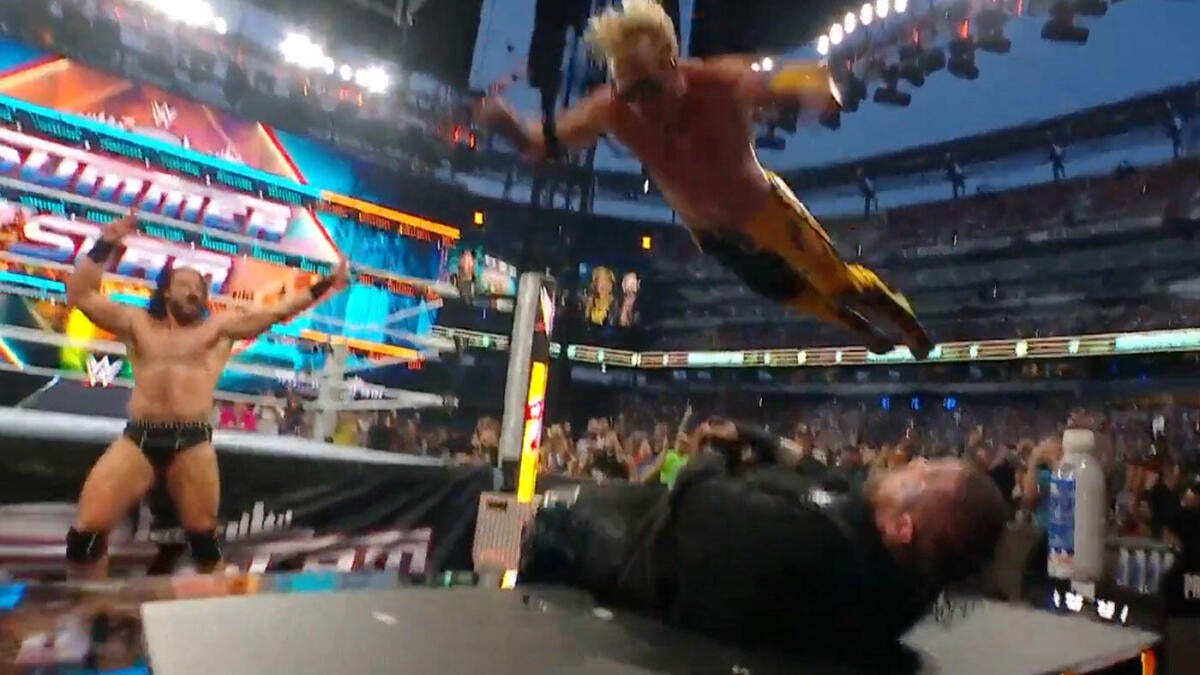Analyzing Aggression: A Deep Dive into MLB Trade Deadline Strategies for 2025
Introduction: The High-Stakes Game of MLB Trade Deadlines
The MLB trade deadline is a pivotal moment in the baseball calendar, a time when teams make bold moves to solidify their playoff aspirations or set the stage for future success. This period is characterized by intense speculation, strategic maneuvering, and high-stakes decision-making. As the 2025 trade deadline approaches, teams are evaluating their rosters, assessing their needs, and determining their level of aggression. This report delves into the factors driving trade deadline aggression, identifies teams likely to make significant moves, and explores the potential consequences of their actions.
The Aggression Equation: Drivers of Trade Deadline Activity
Several key factors influence a team’s propensity for aggressive trade deadline behavior:
Contention Window
Teams with a clear and present opportunity to contend for a championship are more likely to be aggressive. They understand that windows of opportunity can close quickly, and they’re willing to sacrifice future assets for immediate gains. A team hovering around a playoff spot but recognizing a glaring weakness might be emboldened to make a significant move.
Team Needs
Obvious holes in a roster, whether it’s a struggling bullpen, a lack of offensive firepower, or an injured star player, can necessitate aggressive action. Identifying and addressing these needs becomes paramount. For example, a team with a weak starting rotation might prioritize acquiring a reliable pitcher to bolster their playoff chances.
Financial Flexibility
A team’s payroll situation plays a crucial role. Teams with ample financial resources are better positioned to absorb contracts and acquire high-priced talent. Those with tighter budgets may need to be more creative in their approach, perhaps targeting players with team-friendly contracts or exploring salary dumps to free up space.
Farm System Strength
A robust farm system allows teams to part with prospects without significantly impacting their long-term outlook. Teams with weaker farm systems may be more hesitant to trade away their future. For instance, a team with a deep farm system might be more willing to trade top prospects for established major league talent.
Organizational Philosophy
Some organizations are inherently more aggressive than others. Teams with a history of making bold moves at the deadline are more likely to continue that trend. Risk tolerance also plays a role, with some teams willing to gamble more than others. For example, the Los Angeles Dodgers have a reputation for being aggressive at the trade deadline, often making multiple moves to strengthen their roster.
Market Dynamics
The availability of desirable players significantly impacts trade deadline activity. A market flooded with quality options can drive down prices, encouraging more teams to participate. Conversely, a thin market can lead to bidding wars and inflated prices. For instance, if there are several high-quality starting pitchers available, teams might be more cautious about overpaying for one.
Internal Pressure
Ownership and fan expectations can influence a team’s willingness to be aggressive. Teams facing pressure to win now may feel compelled to make a splash, even if it means overpaying. For example, a team with a passionate fan base and high expectations might feel the need to make a blockbuster trade to meet those expectations.
The Usual Suspects: Teams Primed for Aggression
Based on current standings, identified needs, and reported rumors, several teams are likely to be among the most aggressive at the 2025 trade deadline:
The Chicago Cubs
The Cubs are leading contenders for trades, given their position in the NL Central and potential resources to improve their roster significantly. With a strong farm system and financial flexibility, the Cubs are well-positioned to make a splash at the deadline.
The Philadelphia Phillies
The Phillies will be looking for a center fielder and bullpen help. With a contending team and a history of aggressive moves, the Phillies are expected to be active buyers at the deadline.
The San Diego Padres
The Padres are also expected to be aggressive at the MLB trade deadline. With a deep roster and a willingness to take on high-priced talent, the Padres are likely to be major players in the trade market.
The Seattle Mariners
As of late June 2025, the Mariners appear to be aggressive buyers. With a strong starting rotation and a need for offensive upgrades, the Mariners are poised to make significant moves at the deadline.
Potential Targets: Filling the Gaps
Identifying potential targets requires considering each team’s specific needs. Some commonly sought-after commodities at the trade deadline include:
Starting Pitching
Teams always covet reliable starting pitching, especially those looking to bolster their playoff rotations. Rental pitchers on expiring contracts are often hot commodities. For example, a team with a weak starting rotation might target a pitcher like Max Scherzer, who is eligible for free agency after the season.
Relief Pitching
A dominant bullpen can be the difference between a deep playoff run and an early exit. Teams will be aggressively pursuing closers, setup men, and left-handed specialists. For instance, a team with a struggling bullpen might target a closer like Edwin Diaz to solidify their late-inning relief corps.
Offensive Power
Teams struggling to score runs will be looking for power hitters who can provide an immediate boost to their lineup. This could include corner outfielders, designated hitters, or even catchers. For example, a team with a weak offense might target a power hitter like Aaron Judge to bolster their lineup.
Defensive Upgrades
Solidifying the defense is often overlooked but crucial for contending teams. Teams may target Gold Glove-caliber players at key positions like shortstop, center field, or catcher. For instance, a team with a weak defense might target a Gold Glove shortstop like Francisco Lindor to improve their defensive prowess.
Versatile Players
Players who can play multiple positions provide valuable flexibility and are always in demand. These players can fill in for injuries or provide a spark off the bench. For example, a team with a need for versatility might target a player like Brandon Belt, who can play multiple positions and provide a left-handed bat.
The Price of Aggression: Weighing the Costs
While aggressive trade deadline activity can yield immediate results, it’s essential to consider the potential long-term costs:
Prospect Depletion
Trading away top prospects can weaken a team’s farm system and hinder its ability to sustain long-term success. Teams must carefully weigh the value of immediate gains against the potential loss of future talent. For example, trading away a top prospect like Julio Rodriguez might provide a short-term boost but could weaken the team’s long-term prospects.
Financial Burdens
Acquiring high-priced players can strain a team’s payroll and limit its ability to make future acquisitions. Teams must assess their financial flexibility and avoid overextending themselves. For instance, acquiring a high-priced player like Giancarlo Stanton might provide a short-term boost but could strain the team’s payroll in the long run.
Chemistry Disruption
Integrating new players into a team can disrupt chemistry and negatively impact performance. Teams must carefully evaluate the fit of potential acquisitions and ensure they won’t upset the team dynamic. For example, acquiring a player with a strong personality like Yasiel Puig might provide a short-term boost but could disrupt the team’s chemistry.
Missed Opportunities
Overpaying for a player at the trade deadline can prevent a team from pursuing other opportunities in the offseason or at future trade deadlines. Teams must be disciplined and avoid getting caught up in bidding wars. For instance, overpaying for a player like Manny Machado might prevent a team from pursuing other opportunities in the offseason.
Uncertainty
There is no guarantee that a trade deadline acquisition will perform as expected. Players can struggle to adjust to new environments or succumb to injuries. Teams must acknowledge the inherent risks involved in making trades. For example, acquiring a player like Jacob deGrom might provide a short-term boost but could come with the risk of injury.
The Road Ahead: Predicting the Unpredictable
Predicting the exact course of the MLB trade deadline is an exercise in futility. However, by analyzing the factors driving aggression, identifying potential targets, and considering the potential costs, we can gain a better understanding of the landscape. The teams that are most successful at the deadline will be those that are able to identify their needs, assess their resources, and make informed decisions that balance immediate gains with long-term sustainability. The next few weeks promise to be filled with intrigue, speculation, and, ultimately, a flurry of activity that will reshape the landscape of Major League Baseball.
Conclusion: The Gamble and the Glory
The MLB trade deadline is a high-stakes gamble. Teams betting big risk mortgaging their future for a shot at immediate glory. The rewards can be immense – a World Series title, a city’s adoration, a place in baseball history. But the consequences of failure can be equally devastating – years of rebuilding, disillusioned fans, and a tarnished reputation. As the clock ticks down, the question remains: who will dare to be the most aggressive, and who will ultimately reap the rewards? Only time will tell which teams will emerge victorious in this annual battle of wits, strategy, and sheer nerve.











